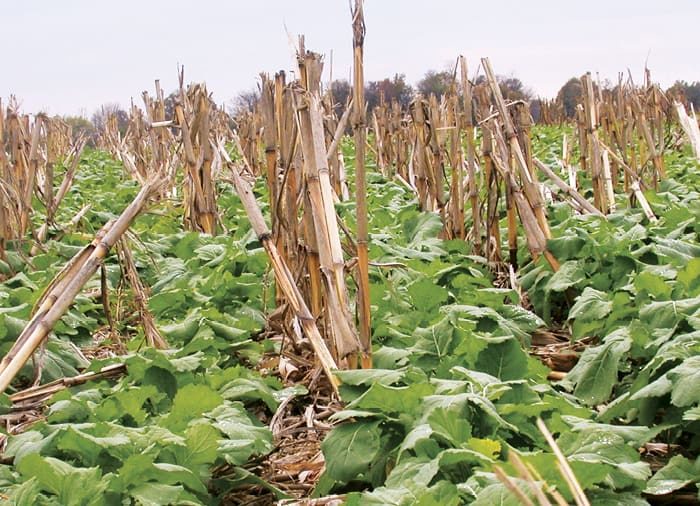No-Till Farmer
Get full access NOW to the most comprehensive, powerful and easy-to-use online resource for no-tillage practices. Just one good idea will pay for your subscription hundreds of times over.

When corn and soybean stockpiles grow and prices stagnate, no-tillers may want to decide whether it’s time to plant an alternative crop to explore new markets and work toward being a market maker instead of a market taker.
Sixty-eight no-tillers who answered our 2018 No-Till Operational Benchmark Study are growing roughly 31,000 acres of what might be considered “other” crops in the Midwest, including a variety of vegetables, sesame, winter canola, buckwheat, sweet corn, popcorn, lentils and oilseeds. They also grew about 25,000 acres of grain sorghum.
These crops may only occupy a small portion of a no-tiller’s total acres, but offer some income diversification. That could be important with thorny trade discussions under way across the globe that are leaving ag markets on edge.
To see a video of Pequea’s Residue Slicers at work on Steve Groff’s planter, go to www.no-tillfarmer.com/0818.
An up-and-coming crop in the U.S. with some definite income potential and rotational benefits is winter canola.
In Canada, the brassica is grown on 16 million acres, while the U.S. acreage stands at only 1.7 million acres. Top production states are Idaho, Kansas, Minnesota, Montana, North Dakota, Oklahoma, Oregon and Washington.
No-tilled or strip-tilled, winter canola not only offers a good profit…